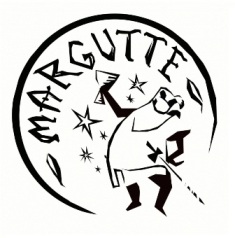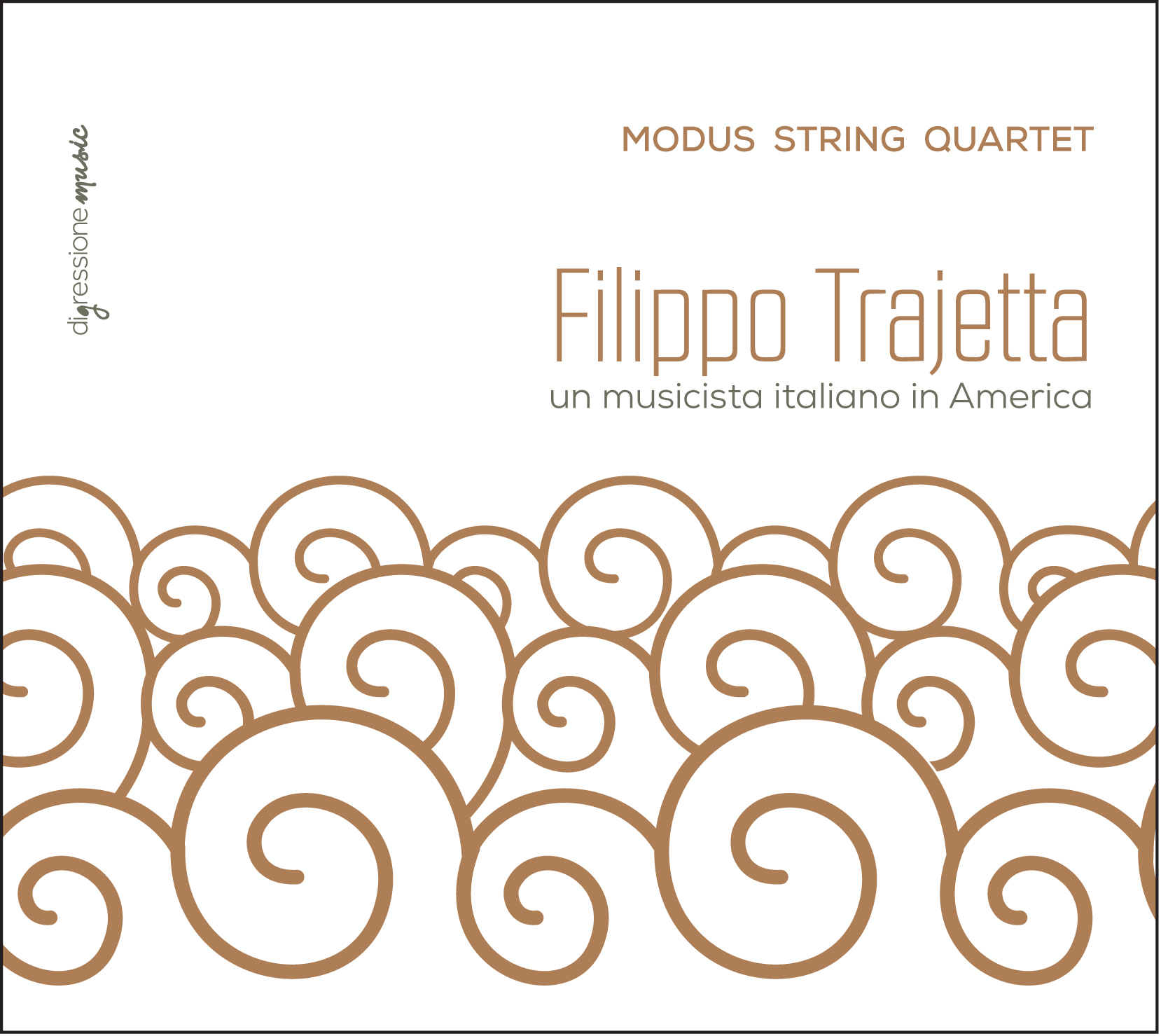RANCO SCIANNAMEO (Carnegie Mellon University – Pittsburgh, Pennsylvania)
Filippo Trajetta was born in Venice on January 8, 1777. He was the son of the celebrated Bitonto-born opera composer Tommaso Traetta (Trajetta) and Elizabeth Sund, a Russian-Finn artist he met in Saint Petersburg while serving at the court of Catherine the Great. At the death of his father two years later, responsibility for Filippo’s education fell upon Elizabeth’s shoulders. She did not return to her family in Saint Petersburg but remained in Venice where Filippo attended the Jesuit public school and studied music with old family friend Salvatore Perillo. It was Perillo who later suggested that Filippo be sent to Naples to study counterpoint with Fedele Fenaroli and composition with Niccolò Piccinni. Piccinni had just returned to Naples after a long sojourn in Paris. In Naples, Filippo found a city enflamed by republican fervor of Jacobean inspiration. He joined the revolutionary movement and assisted Domenico Cimarosa composing patriotic hymns, which caused his and Cimarosa’s arrest by the loyalist police forces. After eight months detention in the dungeons of Castel dell’Ovo, Filippo was clandestinely placed aboard the Mount Vernon, an American ship destined for Salem, Massachusetts where he arrived on July 3, 1800.
It is not easy to offer a succinct account of why and when the musician/patriot was liberated from prison, smuggled onto a small boat sailing for Messina and from there placed on the Mount Vernon with two other escapees, Elban painter Felice Cornè and an unknown individual. It is sufficient to mention that an elaborate Russian-Masonic intervention at the highest level saved the lives of Trajetta and Cimarosa both of whom were connected to the Imperial Saint Petersburg court and the Masonic brotherood that included American ship owner Elias Hasket and his son Elias Hasket Jr. It was Elias Hasked Jr. who commanded the Mount Vernon.
Once in America, Trajetta moved from Salem to nearby Boston. With two other immigrants, Gotlieb Graupner from Germany and Francis Mallet from France, they founded the American Conservatorio of Boston, the first musical institution in America based upon European pedagogical principles. Trajetta’s staying in Boston was brief, though, as in 1801 he moved to Charleston, South Carolina where he expanded his activities as composer, impresario, singer, poet, and instrumentalist. To this period belongs his Sinfonia Concertata dated 1803, and probably the three string quartets recorded in the present Compact Disc. Six years later, Trajetta responded to a call from a European celebrity newly immigrated to New York: Lorenzo Da Ponte. The famous Mozart librettist invited Trajetta to compose an opera for Maria Garcia, the most fashionable singer of the time. In truth though, Trajetta took his time traveling to New York and upon his arrival found the situation changed; Maria had married a French merchant by the name of Malibran and left the area. As a consequence of the Da Ponte project failure, Trajetta and his pupil/friend Uri K. Hill founded the American Conservatorio of New York modeled after the Boston institution. New York permanence gained Trajetta much success and he composed for the theatre and for patriotic events like the secular oratorio Peace (Jubilate) written to commemorate the end of the Anglo-American war of 1812. Friendship with important political personalities provided Trajetta with access to former presidents James Madison and James Monroe, fellow Masons as well as their predecessor George Washington.
Again, being a freemason played an important role in Trajetta’s life. In fact, he resided on a property in Virginia near those of Madison and Monroe and was available for the Federal government diplomatic needs. It is important to remember that Trajetta was multilingual and his mastery of the Russian language, which he learned from his mother, was probably of great service during the delicate negotiations leading to the Treaty of Ghent in 1812.
Trajetta moved to Philadelphia in 1828. There he created another American Conservatorio and composed The Daughter of Zion (1829) along with Jerusalem in Affliction (1830)–the first oratorios ever composed on American soil. He also wrote important theoretical treatises such as The Art and Science of Music (1829) and taught a great number of pupils. Following Trajetta’s death, his pupils made sure that their master’s theoretical works were reprinted, thus extending Trajetta’s “lesson” into the new century.
Filippo Trajetta died in Philadelphia on January 9, 1854 surrounded by the affection of his students and the respect of the Masonic community.
Trajetta’s work in America was of great relevancy especially in the pedagogical field and through the few, often fragmented, compositions that have survived the ravage of time.
The Tre Quartetti Concertati, preserved in non-autograph manuscript parts at the Historical Society of Pennsylvania in Philadelphia, were likely composed during the early years Trajetta spent in Charleston. The parts bear no date of composition or indication of a performing venue. However, some stylistic affinities with the Sinfonia Concertata whose autograph is dated “Charleston 1803” link these works to the same period. Trajetta labeled his quartets “concertati” because of the four instruments dialoging among themselves–establishing a clear distinction from the more popular “quartetti brillanti” in which the first violin has a predominant role.
Refreshing, playful, and well-set in the key of E-flat major, the first quartet is divided into four movements according to the string quartet model established by Franz Joseph Haydn: Allegro moderato – Cantabile – Minuetto e Trio – Allegro. In the first movement, Trajetta follows the Allegro sonata-form which includes the exposition of the themes, their development and the reprise of the exposition–without straying from due academicism yet clearly establishing the “concertato” character of the piece. For example, in measures 35 – 38 one can admire the plaintive appoggiaturas bouncing from instrument to instrument confirming the egalitarian role of the four players. In fact, the same values take place in the bravura passages that follow. This movement in 4/4 time is comprised by 210 measures in contrast with the following Cantabile, a romance in B flat just 52 measures long. The Minuetto e Trio all’Ebraica is also very brief (24 + 24 measures in 3/4) and the Trio is repeated, reading it from right to left, hence the all’Ebraica (in the Hebrew fashion) indication. Trajetta employed the same witticism in the Sinfonia Concertata composed in Charleston in 1803, proof of the strong stylistic and temporal link between the sinfonia and the quartets. In the last movement, Trajetta indulges in a writing style that includes some amusing traits assigned to the viola and the cello.
The mood of the second quartet’s first movement in F major is calmer, anticipating the climate of Sturm und Drang which Trajetta developes later in the second movement, Andante sostenuto in F minor. The succinct Minuetto e Trio in F major and B flat respectively serve as an intermezzo to the whole composition and as a prelude to the luminous Rondò finale that bears a clear Mediterranean imprint. Here the four parts alternate in taking on bravura passages like, the characters of a hypothetical commedia dell’arte.
The third quartet in C major shows Trajetta’s propensity toward the incipient Romanticism through pressing rhythmical and dynamic moments, which, even if they don’t anticipate early Beethoven, certainly bring to mind Viotti with his numerous “concertanti”, or “concertati” quartets that became so fashionable in Paris.
The second movement dispenses with the customary slow tempo in favor of a simple carillon-like theme and four variations each destined to showcase the second violin, the cello, the viola, and finally the first violin. This movement also functions as intermezzo/prelude to the final Fugato, a severe piece in which Trajetta shows his contrapuntal skills, academically concluding his string quartets cycle.
These notes could conclude by advancing two hypotheses: The first is that the string quartets were composed in Charleston in 1803 along side the Sinfonia Concertata and the collection of poems Delle Poesie written probably as admission essays to the Santa Cecilia Society, the most preeminent concert association of the Southern states. The second hypothesis is that Trajetta composed his string quartets in Naples under Piccinni’s mentorship following the influence of Piccinni’s uncle, the Bari-born composer Gaetano Latilla who died in Naples in 1788 and whose Six Quartettos for Two Violins, Tenor and Violoncello obligato published in London in 1765 were much appreciated for their refreshing style and excellence of string quartet writing.
Quartetto N°3 in Do maggiore
President’s March:


